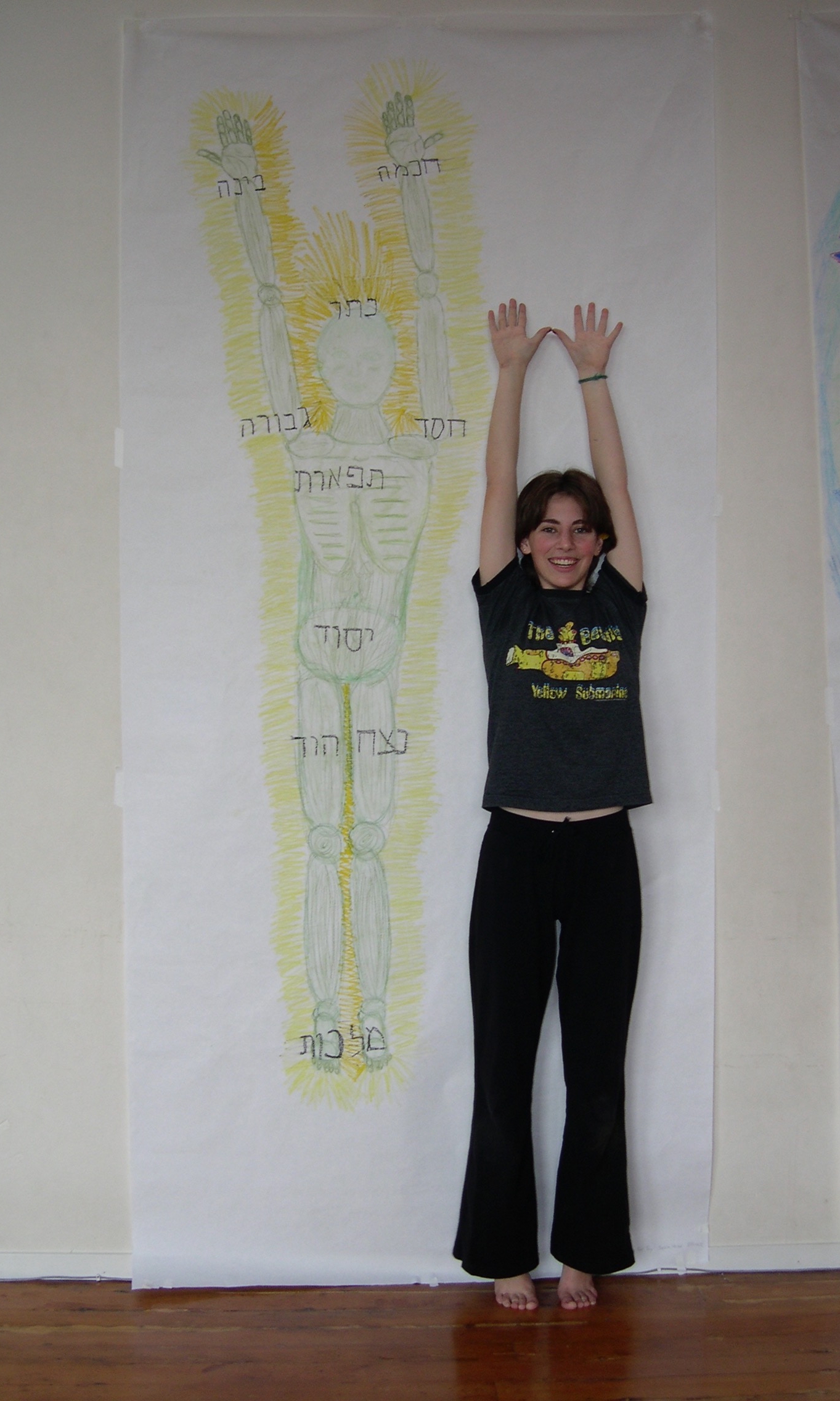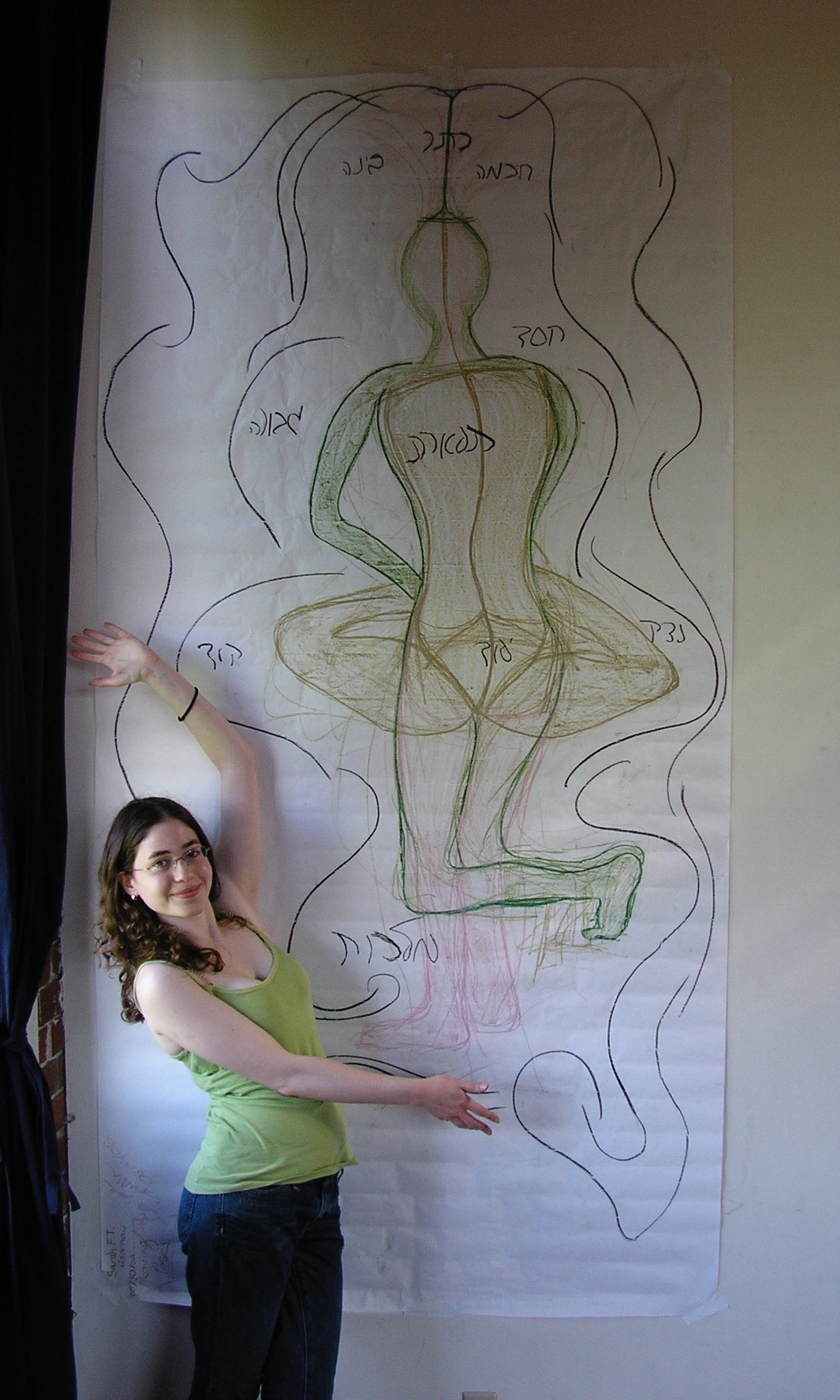Our Approach to Embodied Torah
Read more about the origins of Embodied Jewish Learning and our unique approach to Jewish Embodiment.
Photo Courtesy of Peninsula Jewish Community Center
Mission
Our mission is to elevate the wisdom of the body as a resource for balance and well-being in Jewish life.
EJL hosts an Advanced Teacher Training and The Embodied Jewish Wisdom Network, a global community of leaders and learners of embodiment in Jewish contexts. We offer Jewish educators and leaders mentorship and training in best practices for infusing Jewish wisdom into their classes. We provide spiritual seekers, dancers, movers, yogis, and embodied mindfulness practitioners a unique way to access Jewish wisdom that is meaningful and relevant to their everyday lives and resonates with their daily practices to cultivate well-being.
Ultimately, we envision a model of Jewish life, prayer, community and learning where accessing and experiencing the interconnectedness of all levels of being (mind, body, heart and soul) is the norm, not a 'special one time' experience.
Embodied Jewish Learning offers all people the chance to experience Jewish wisdom through movement practices that nourish their minds, bodies, hearts and souls and empowers them to fully embody and express their unique role in creating positive change for our world.
Our Values
Origins of Embodied Jewish Learning
Yoga, Art and Sacred Text: EJL's founding project for teens to explore embodied spirituality, Yoga, Art and Sacred Text was originally based at Midrasha in Berkeley between 2001 - 2005 and supported by the Tikea fellowship at Jewish LearningWorks (formerly the Bureau of Jewish Education) with continuing support from the Richard and Rhoda Goldman Fund. See articles about this project here and here.
Photos of students Jacquelyn Stuber, Lev Hirschhorn, and Sarah Asarnow from Yoga, Art and Sacred Text Classes at Berkeley Yoga Center, 2005
Yoga and Wholeness with a Jewish Twist: Piloted and based at the Peninsula Jewish Community Center (PJCC) in Foster City, California, EJL has offered several workshops and classes for embodying qualities for well-being in our lives: renewal and freedom in connection with the Jewish holidays of Rosh Hashana and Passover, or lovingkindness, discipline, balance, perseverance, gratitude, creativity and grounding in connection with the qualities associated with the Counting of the Omer, between Passover and Shavuot, in her Embodying the Sacred Sefirot series. Read this article by Julie about the practice of Yoga and Jewish Wisdom as a portal to Wellness, and this article by Rabbi Lavey Derby about Jewish Wellness as a path to wholeness and well-being at the PJCC and the impact of this work upon students of all faiths.





